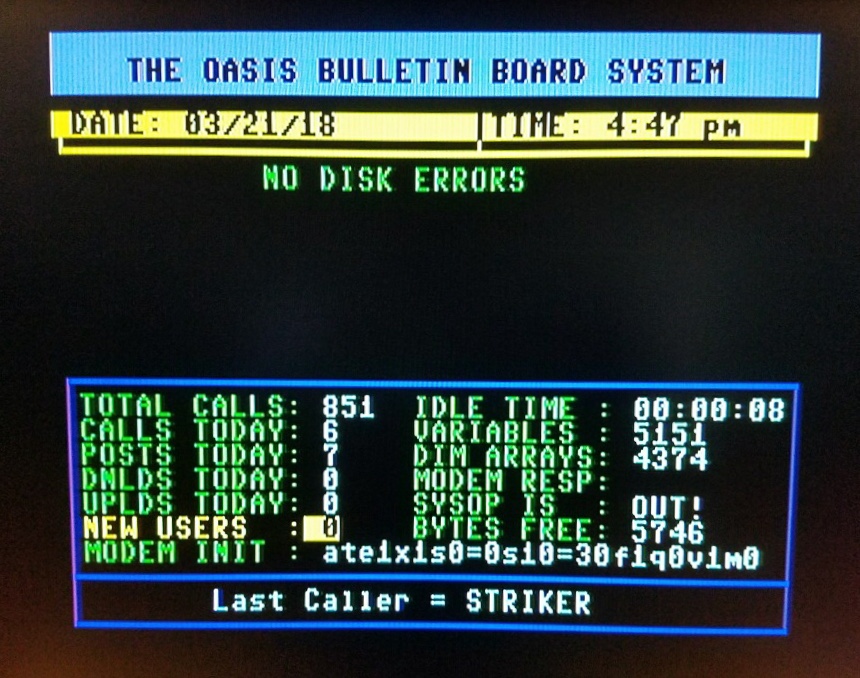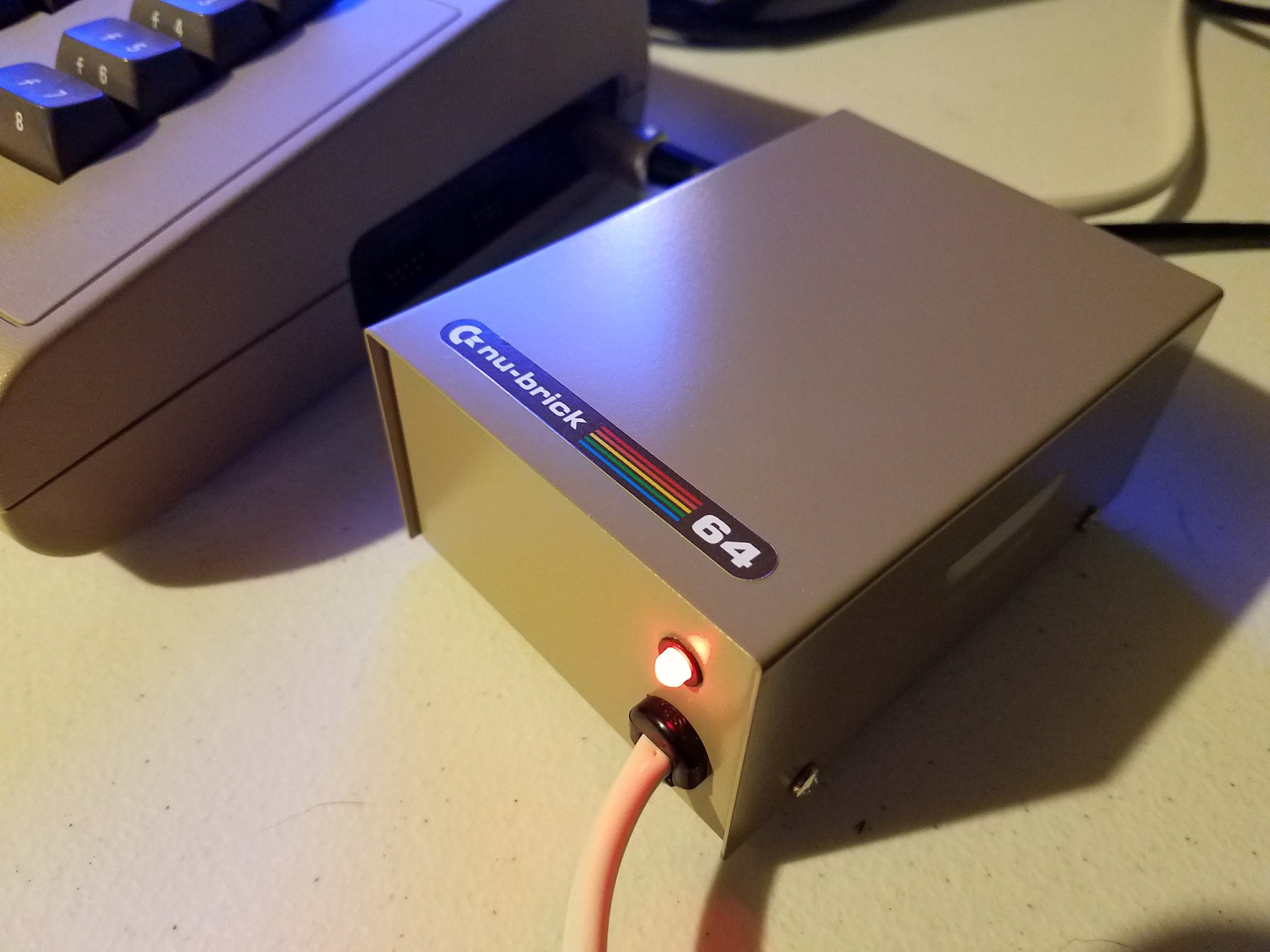In this third entry of the Creating a Shadow Switcher devlog series, GRay Defender dives headfirst into the gritty early stages of designing Shadow Switcher graphics for his Python-based remake. With full approval from Christian Gleinsner (Dr. Wuro), the original game’s creator, GRay shares an unfiltered look at his creative process—highlighting both the chaos and charm of early asset design.
This episode isn’t about teaching pixel-perfect techniques. Instead, it celebrates the Shadow Switcher graphics as a rough draft—messy, experimental, and crucial to the final product.
Building Tiles in CharPad
GRay begins with CharPad, a retro-friendly utility available on itch.io. He uses the pixel editor to design basic character tiles—bricks, coins, ladders, doors—and lays them out on a tile map to get a feel for gameplay mechanics. These tiles are not final—they’re functional placeholders that help shape how the game will eventually play.
The challenge? Even simple blocks take time to feel just right. Each tile must be visually clear, consistent, and hint at what it does—be it climbable, collectible, or collapsible.
Enhancing Graphics in Paint.NET and Piskel
Next up, GRay moves to Paint.NET, redrawing his tiles at 32×32 resolution for better export control in Pygame. This isn’t about visual fidelity—it’s about layout freedom and scale. From ladders to keys to disappearing blocks, these early designs begin to take functional shape.
To animate these graphics, GRay turns to Piskel—a browser-based tool ideal for frame-by-frame sprite animation. Piskel allows quick iteration and previewing of effects like fading floors or conveyor belts. Frames are export-ready for Python integration.
Bringing Tiles to Life in Python
GRay finishes by loading CharPad map data into Pygame. Each tile connects to a Python sprite class—such as the evolving Block class—that handles rendering and, soon, animation and interaction. As the project grows, other tile types like keys and coins will get their own classes, making the engine flexible and modular.
An Honest Look at Game Asset Creation
This episode feels more like a visual dev journal than a tutorial, offering a rare behind-the-scenes look at the process of designing Shadow Switcher graphics. It highlights the raw, iterative work that turns placeholder tiles into the polished sprites we’ll eventually see in-game.
If you’re a fan of retro game development, Python, or the original Shadow Switcher on the Commodore 64, this episode is a must-watch.







